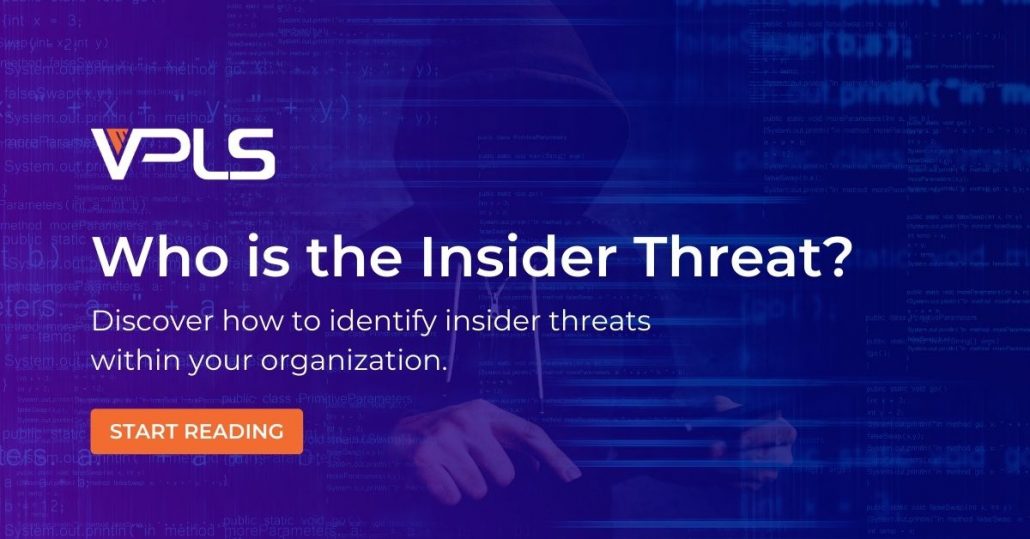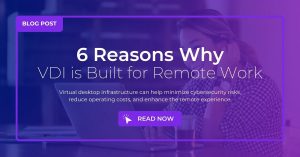Eliminating Firewall Blind Spots with SSL Decryption
For years, it was common to visit websites that were not available over HTTPS, and even as recent as 2019, major websites like ESPN were still only available over regular, insecure HTTP. However, thanks to initiatives from web browsers, like Google Chrome in 2018 who began warning users that any website visited over HTTP is “not secure”, encountering a website that is only available via HTTP is a rare occurrence these days. In fact, according to Google, Chrome users are now spending more than 90 percent of their time using encrypted websites and applications.
This astounding statistic makes it clear that encrypted traffic has become the new normal. As a user, this statistic represents an amazing shift forward in regards to privacy and security, but as an IT and cybersecurity professional, this brings new challenges: is your firewall effective against traffic that is, by design, supposed to keep prying eyes out?

How can SSL create a blind spot?
Secure Sockets Layer (SSL), later replaced by Transport Layer Security (TLS), is the standard protocol to transmit secure data over the internet. It is what makes visiting a website over HTTPS secure versus plain HTTP. SSL encrypts traffic, placing it inside of a “tunnel” so the confidentiality and integrity of your banking transaction, for example, remain unaffected.
Unfortunately, this technology was designed for good, but can also be used for evil, as cybercriminals commonly hide threats inside of encrypted traffic in order to go around security controls. Even businesses with the most extensive security measures in place can be targeted if they are not closely monitoring encrypted traffic.
Solution: SSL Decryption
On a next-gen firewall like a Fortinet FortiGate, the key to monitoring and protecting against threats that may be contained inside encrypted traffic is SSL decryption, also commonly called SSL deep packet inspection. With SSL decryption enabled, the firewall is configured to intercept encrypted traffic before it reaches its destination. Once intercepted, the firewall will decrypt, inspect, and re-encrypt the traffic before forwarding it to the original destination. SSL decryption gives the firewall new capabilities to identify and analyze encrypted traffic and applications to prevent these previously undetectable threats, attacks, and data leakage.

SSL decryption is a very powerful capability, and in some cases regulations may prohibit you from decrypting user data. In these cases, the firewall can be configured to decrypt HTTPS only on certain questionable websites and applications, while other web traffic from familiar and recognizable organizations smoothly bypasses SSL decryption.
Firewall Limitations Without SSL Decryption
Without SSL decryption, the security profiles on your next-gen firewall are limited in their ability to protect you against these hidden threats. The table below gives an example of how a FortiGate next-gen firewall’s features are limited when SSL deep inspection is not enabled:

And these firewall limitations don’t just apply to HTTP and HTTPS traffic. Other secure protocols can be inspected with SSL deep inspection as well, such as SMTPS, POP3S, IMAPS, and FTPS.
If your organization is unsure if your firewall is performing SSL decryption, or if you want expert guidance on enabling SSL decryption, please reach out to us. We are happy to offer a free consultation on how our team of certified security experts can help give you the visibility needed in today’s world of almost completed encrypted traffic.
Read More from this Author












